601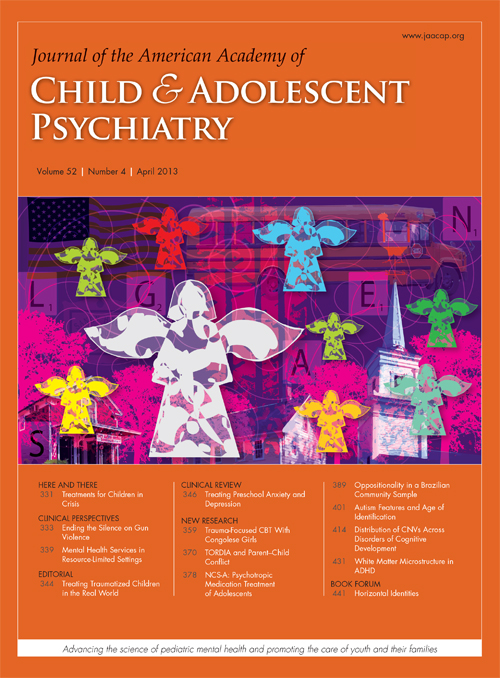
Jun 22, 2017
Murphy T K, Lewin A B, Storch E A,... AACAP Committee on Quality Issues (CQI). J Am Acad Child Psychiatry, 2013; 52(12):1341–1359.
This paper provides a good overview of current treatments for childhood tic disorders. Evidence is provided for haloperidol, pimozide, clonidine and antipsychotic medication and recommendations for practice are clearly outlined by the authors.
http://www.jaacap.com/article/S0890-8567(13)00695-3/abstract
602
Jun 22, 2017
This Cochrane review examines the evidence for psychological treatments for PTSD in children and adolescents. It demonstrates evidence for some psychological treatments such as cognitive behaviour therapy, but no clear benefit of one type of treatment over another. No types of trauma are more or less likely to respond to particular types of treatment.
http://www.cochrane.org/podcasts/issue-10-12-october-december-2012/psychological-therapies-treatment-post-traumatic-stress-d
603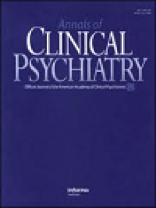
Jun 22, 2017
Strawn JR, Keeshian BR, DelBello MP,...Putnam FW. Clin Psychiatry. 2010 Jul;71(7):932-41
This review article published in 2010 summarises the available evidence for the use of medication to treat children and adolescents with PTSD. The authors concludes that there are very few randomised controlled trials and insufficient evidence to support the use of medication as first line treatment for PTSD.
http://www.ncbi.nlm.nih.gov/pubmed/20441729
604
Jun 22, 2017
Thomson J, Seers K, Frampton C...Moor S.J Paediatr Child Health. 25 August, 2015
Following the earthquakes in Christchurch, New Zealand between 2010 and 2011, there was a delayed increase in the number of referrals to specialist child and adolescent mental health services. This paper explores possible reasons for this phenomenon.
http://www.ncbi.nlm.nih.gov/pubmed/26303055
605
Jun 22, 2017
Yule W, Bolton D, Udwin O, Boyle S, O'Ryan D, Nurrish J. J Child Psychol Psychiatry. 2000 May;41(4):503-11.
This paper compares the long-term progress of 87 young adults who survived a shipping disaster (the sinking of the "Jupiter" in Greek waters-between 5 and 8 years previously) in comparison with a group of 87 individuals who did not experience a similar traumatic event. Over half of the trauma survivors developed PTSD vs 3.4% of the control group. Most developed PTSD within 6 months o...
606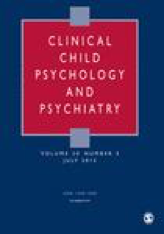
Jun 22, 2017
Deighton J, Argent R, De Francesco D….Wolpert M. Clin Child Psychol Psychiatry 2016; 21(2): 287-296
This study investigated the difference in outcomes between children who received evidence based treatment at CAMHS services in the UK for conduct and emotional problems and those who received routine care. Greater improvement was associated with evidence-based practice for children with emotional disorders, based on child self-reported symptoms but not on parent report. No significa...
607
Jun 22, 2017
Malhotra, S and Padhy, S K, Published online July 29, 2015
Despite child and adolescent mental health professionals working in high income countries rarely feeling adequately resourced to meet the needs of their clients, 90% of the world’s children and young people actually live in low resource countries and have access to very few mental health services. This article outlines creative measures to address the mental health needs of children in low resource countries, perhaps even wit...
608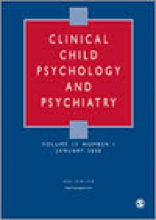
Jun 22, 2017
Stringaris A. J Child Psychol Psychiatry. 2014 Nov;55(11):1185-6
This editorial summarizes current challenges and opportunities in the field of child mental health research and practice. Comparing progress within the child mental health arena with that in the physical health arena, it challenges clinicians and researchers to do better.
http://onlinelibrary.wiley.com/doi/10.1111/jcpp.12343/pdf
609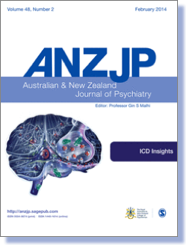
Jun 22, 2017
Jorm A F, ANZJP, 2015, 49(10), 861-862.
This article reviews the effectiveness of Australian Headspace youth mental health services. Contrary to the rhetoric of Headspace supporters, there is weak evidence that this service model achieves its primary goal – to engage young people better than traditional mental health services. Caution and further evaluation are advised before continued investment in this model.
http://anp.sagepub.com/content/49/10/861?etoc
610
Jun 22, 2017
Huckshorn KA. J Psychosocial Nursing and Mental Health Services. 2014: 52(11); 40-47
This qualitative study of clinicians involved in seclusion reduction programmes in two American hospitals makes useful recommendations for the measures that need to be in place to effectively alter clinical practice within modern mental health services.
http://www.healio.com/psychiatry/journals/jpn/2014-11-52-11/%7Bcfa0cf0f-7943-4680-a9ce-bff74870a9db%7D/reducing-seclusion-and-re










